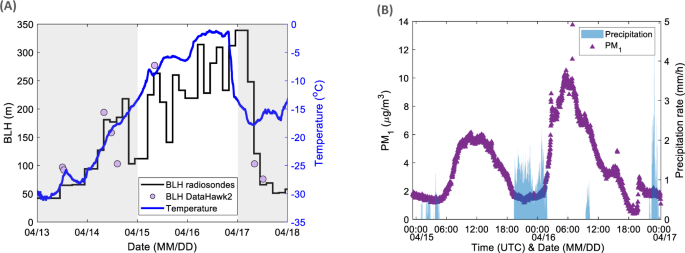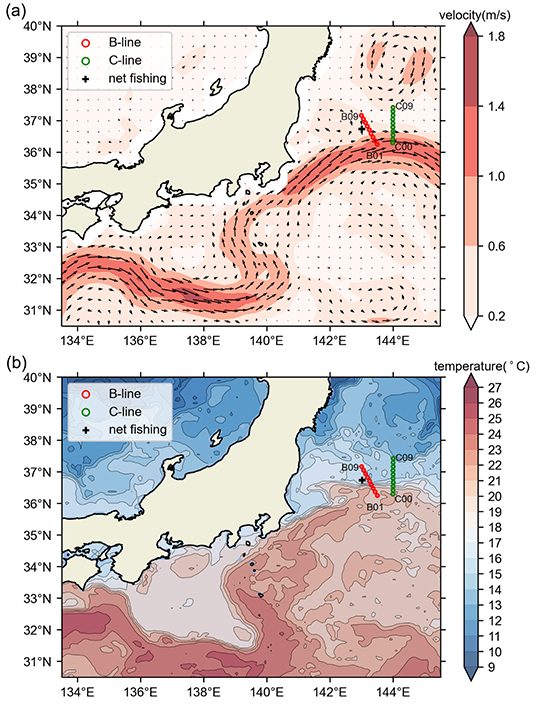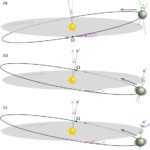2022-09-09 スイス連邦工科大学ローザンヌ校(EPFL)
この砕氷船は、北極圏で加速する気候変動の要因とその影響をより深く理解することを目的としたMOSAiC探検の下で活動した。この探検では、何百もの研究機器が何百万ものリアルタイム測定を行い、海底から雲の奥まで、生物学的、化学的、物理的特性のデータを収集した。
研究者らが収集したデータによると、ユーラシア大陸北部から大量の汚染物質を運ぶ暖かい空気の塊が高緯度地域に侵入したことが明らかになった。この研究は、暖気流入によって中央北極に押し寄せられた粒子状物質の化学的および微物理的特性を明らかにし、これらの知見を気候に関連する雲形成への影響に関連付けた初めてのものである。
研究者は、大気測定器の測定値を頻繁にチェックし、気温の上昇だけでなく、予想外に、移流した粒子の数、質量濃度、雲形成能が記録的なレベルに達していることに気づいた。
暖気団に含まれる大気汚染物質の濃度が、チューリッヒで通常測定される値を超えていることを確認した。スイスの都市における粒子状物質とは対照的に、北極圏の大気汚染は硫酸による酸性度が高く、硝酸塩の含有量が少なかった。
さらに、レーダーデータの分析から、粒子が光学的に厚い雲の形成に寄与していることがわかった。
気候変動の結果、2020年4月にEPFLの科学者が北極海で観測したような暖かい侵入現象が、より頻繁に、より長く続くようになってきている。
<関連情報>
- https://actu.epfl.ch/news/a-warm-intrusion-in-the-arctic-causes-extreme-poll/
- https://www.nature.com/articles/s41467-022-32872-2
暖気団の侵入によって引き起こされた中央北極の異常エアロゾルイベント A central arctic extreme aerosol event triggered by a warm air-mass intrusion
Lubna Dada,Hélène Angot,Ivo Beck,Andrea Baccarini,Lauriane L. J. Quéléver,Matthew Boyer,Tiia Laurila,Zoé Brasseur,Gina Jozef,Gijs de Boer,Matthew D. Shupe,Silvia Henning,Silvia Bucci,Marina Dütsch,Andreas Stohl,Tuukka Petäjä,Kaspar R. Daellenbach,Tuija Jokinen & Julia Schmale
Nature Communications Published:08 September 2022
DOI:https://doi.org/10.1038/s41467-022-32872-2

Abstract
Frequency and intensity of warm and moist air-mass intrusions into the Arctic have increased over the past decades and have been related to sea ice melt. During our year-long expedition in the remote central Arctic Ocean, a record-breaking increase in temperature, moisture and downwelling-longwave radiation was observed in mid-April 2020, during an air-mass intrusion carrying air pollutants from northern Eurasia. The two-day intrusion, caused drastic changes in the aerosol size distribution, chemical composition and particle hygroscopicity. Here we show how the intrusion transformed the Arctic from a remote low-particle environment to an area comparable to a central-European urban setting. Additionally, the intrusion resulted in an explosive increase in cloud condensation nuclei, which can have direct effects on Arctic clouds’ radiation, their precipitation patterns, and their lifetime. Thus, unless prompt actions to significantly reduce emissions in the source regions are taken, such intrusion events are expected to continue to affect the Arctic climate.



